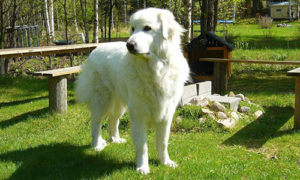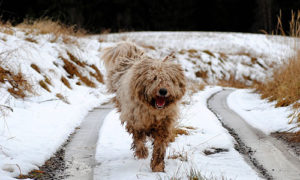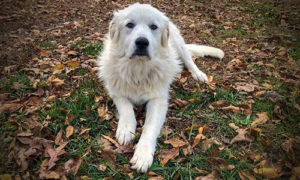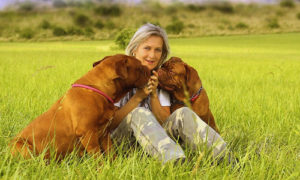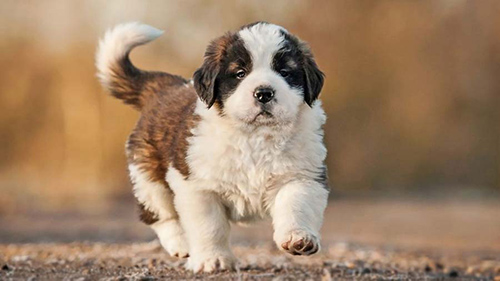
The Saint Bernard can trace its lineage back to the Roman Molossian dogs. However, It did not develop into the rescue dog we know today responsible for saving so many lives between 1660 and 1670. It was around this time when the first of this hefty breed arrived at the St. Bernard Hospice, a refuge for travelers crossing between Switzerland and Italy.
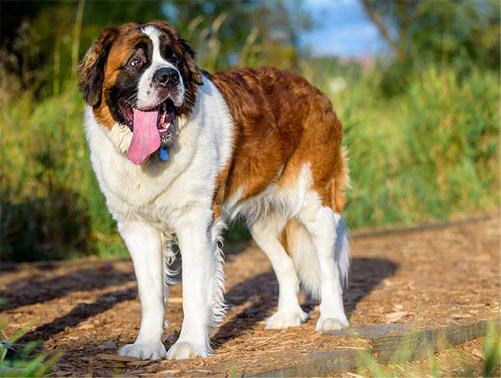
The Saint Bernard’s original purpose was to aid in the pulling of carts and some watchdog and companion duties. However, it wasn’t long before the monks realized their full potential and utilized them as pathfinders through deep snow. For instance, the dogs showed an uncanny ability to locate lost travelers.
When a Saint Bernard finds a lost traveler, it licks their face and lays beside them, reviving the person and keeping them warm. These dogs continue to provide this all-important service and have been doing so for three centuries, and are responsible for saving more than two thousand lives.
The Most Famous Saint Bernard
Barry, the Saint Bernard, is the most famous of the breed. He’s said to be responsible for saving over forty lives. Before Barry’s death, Saints went by other names such as Hospice Dogs, and after his death, the breed was given the name Barryhund in his honor.
Unfortunately, by the time the 1800s rolled around, many of the dogs died out because of severe weather, disease, and inbreeding. In an attempt to save the breed, remaining Saint Bernards got crossed with Newfoundlands in 1830. As a result of this cross, the first long-coated types of this breed emerged.
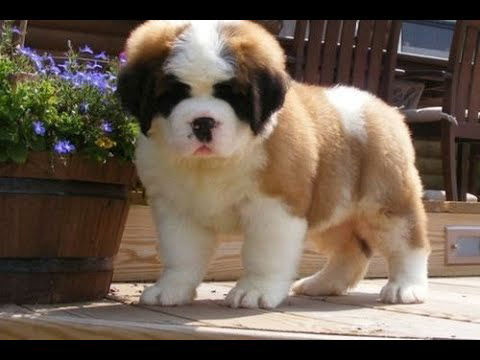
However, long-haired Saint Bernards did not mesh well in the cold and snow because the ice clung to their coat, making it difficult for them to perform their duties. Therefore, the extended hair versions of the breed cannot perform rescue work.
Around the year 1810, the first Saint Bernards arrived in England and were immediately given other names, one such title being Sacred Dog. However, by 1865, the name Saint Bernard was more commonly used and finally became official in 1880. Not long after, the breed caught Americans’ interest and shortly after became the most popular AKC breed.
Even though it has since wavered in popularity, it is always one of the most famous giant breeds.
Saint Bernard Breed Facts
Weight: 120-200 pounds
Height: 25.5-27.5
Popularity: Somewhat popular
Family: Mastiff
Area of origin: Switzerland
Date of source: Middle ages
Original function: Draft, search and rescue
Today’s function: Companion
Other names: St Bernhardshund, Alpine Mastiff
Temperament and Upkeep
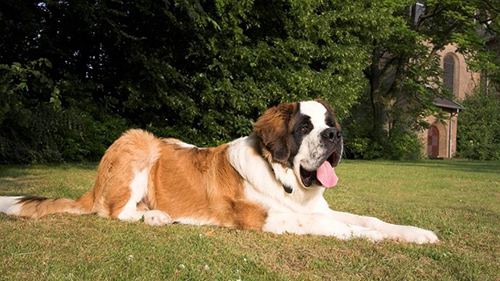
These dogs are calm, easygoing, low-energy, gentle, and patient around children. They’re also very playful. Most Saints will get along with other family pets and dogs. Although they don’t bark a lot, their bark is loud. They’re incredibly loyal and devoted to their family and are willing to please, though at its own pace. For instance, they’re stubborn.
This is a dog that requires daily exercise to stay fit. Its requirements can be met with moderate walks and short runs. However, they’re comfortable in cold weather, and they do not tolerate heat well. The coat, whether long or short, needs weekly brushing, more so when shedding. All Saints drool.
Health
Major concerns: CHD, gastric torsion, entropion, ectropion, elbow dysplasia, osteosarcoma
Minor concerns: OCD, diabetes, seizures, heart conditions, cardiomyopathy, CVI, hot spots
Occasionally seen: distichiasis; Suggested tests: hip, elbow, cardiac, eye; Life span: 8-10 years
Note: Saint Bernards do not do well in hot climates
Form and Function
The daunting Saint Bernard is sturdy and proportionally tall. It is durable and well-muscled, necessary assets in a dog that must hike through deep snow for miles. Its coat comes in two sorts: smooth, in which the short hair is very thick and sturdy, and long, in which the medium length hair is slightly wavy. The expression should look intelligent.


